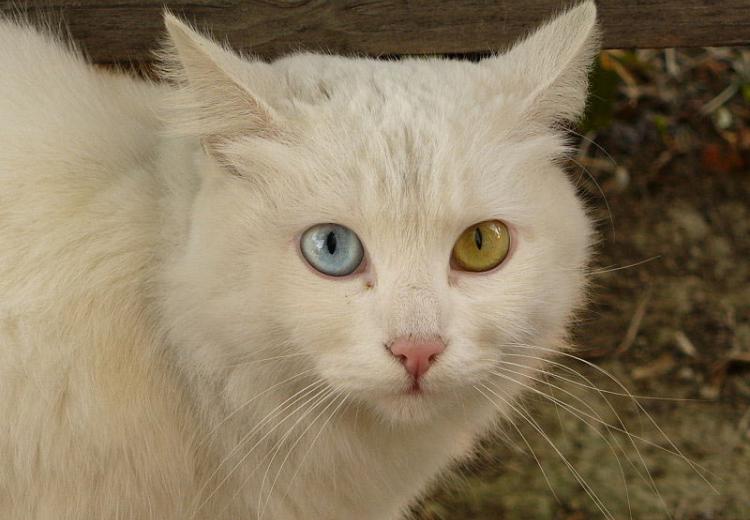Animating Poetry: Reading Poems about the Natural World

The subject of a number of the poems in this lesson plan is this fascinating creature.
"For I will consider my Cat Jeoffrey…he is an excellent clamberer."
—Christopher Smart
The purpose of this project is two-fold: first, to encourage students to make the reading of poetry a creative act; and, second, to help students appreciate particular literary devices in their functions as semaphores or interpretive signals. Those devices that are about the imagery of a poem (metaphor, simile, personification, description) can be thought of as magnifying glasses: we see most clearly that upon which the poet focuses our gaze. Similarly, those poetic devices that are about the sound of the poem (alliteration, consonance, enjambment, onomatopoeia, and repetition) can be thought of as volume buttons or amplifiers: we hear most clearly what the poet makes us listen to most attentively.
The poems listed below (under Preparing to Teach This Lesson) are all about animals, birds, insects, or the natural world more generally. A few belong to common middle school canons; many may especially appeal to a middle school audience because of the poet's (or persona's) unabashed love of animals and the natural world. Finally, this selection is meant to offer a group of poems especially vivid in its imagery and its use of sound device.
Guiding Questions
What are some ways to make a poem come alive-to animate it?
How do literary devices-those aspects of the poem that help the reader see and hear, so to speak-affect poetry?
Learning Objectives
Consider the use of imagery in poetry.
Consider the use of sound device in poetry.
Translate poetry into another art.
Read and appreciate a diverse selection of poems.
Express their appreciation for poetry creatively.
Create examples of the literary devices considered here.
